Check out Lobo on YOU TUBE:
•••••••••••••••••••••••••••••••••••••••••••••••••••••••••••••••
www.youtube.com/user/travelswithlobo
**********************************************************
Panama: Eight Destinations in Which to Spend the Winter Months
First
Time Reader?
Why Panama? – This blog explains the rationale of
the trip and this series of blogs.
http://www.travelpod.com/travel-blog-entries/lobo/excursions/1266327384/tpod.html
------------------------------------------------------------------------------------------------------
Boquete – Expat Haven in the Chiriqui Highlands
Part 2 of 4
Destination no. 6 of 8 to Spend the Winter Months in Panama
Boquete – Café Ruiz – The Coffee Tour
In my previous blog I made the point that Boquete is world renowned as a destination for expats.
It turns out that Boquete is also world renowned for its coffee. That is a discovery I made during the coffee tour at "Café Ruiz" or “Casa Ruiz SA” - one of the many coffee growers in the region.
http://www.caferuiz.com
I started paying closer attention during the tour when “Carlos”, the highly entertaining guide, started talking about “the best coffee in the world!” My first reaction was one of scepticism for wasn't that honour already taken by the Jamaican Blue Mountain Coffee?
http://ezinearticles.com/?Jamaica-Blue-Mountain-Coffee---The-Best-Coffee-in-the-World?&id=3025403
My scepticism was also fuelled by my own ignorance (as usual). All I had ever heard about the topic of coffee never mentioned Panama much less that Panama had the “best coffee in the world”.
Yet, here it was said as plain as day that there is a classification of coffee grown in the Boquete region that bears the appellation as “the best coffee in the world” based on the number of gold medals won in coffee tasting competitions. As unlikely as that sounded when I heard the name of the classification – Panama Geisha (Gesha) coffee – I was less than overwhelmed. It was not the powerful name that I would have expected from a coffee of top quality, limited edition coffee. Furthermore, let’s get this out of the way – it has no Japanese connection as its origin stems from Ethiopia. On second thought, I should correct the phrase “the coffee has no Japanese connection”. It was the Japanese that were responsible at some point to have driven the auction price for this coffee to a record $170.20 for a pound of these special Geisha beans.
http://www.geishacoffee.com/geisha-coffee-panama-gesha-varietal-p-154.html
http://www.forexyard.com/en/news/Panama-geisha-coffee-sells-for-record-17020/lb-2010-05-25T200323Z
Jumping to the end of the tour for a moment, did we get to even sip a tiny bit of this fabulous Geisha coffee? Well no, for two good reasons. Firstly, it is just too expensive to dole out to the masses, even in tiny portions. Would you take a wine tour in the Burgundy Region of France and during the “degustation” expect to be served Romanée Conti? Secondly, you can’t give something that you don’t have. Let me explain. Apparently the Panamanian Geisha coffee is only grown by two coffee growers in the Boquete region – Hacienda La Esmerelda Farm and "Don Pachi Estate". That decidedly leaves out Hacienda Café Ruiz.
Does that mean that the coffee produced at Café Ruiz is not of a great quality? Decidedly not, since Señor Josué Ruiz, the ninety-year old, third generation coffee grower and his coffee are renowned enough that when Señor Ruiz visited New York City he was honoured with his photo being flashed on the big board at Times Square.
http://www.ruizcoffee.com/page9.html
While I found the $30 admission price to the coffee tour expensive it was worth it for several reasons.
The coffee tour is three hours of education and entertainment. The tour by minivan covers different parts of the Boquete area so there is an opportunity to see a bit more of the region. For instance we passed the Boquete Golf and Country Club on the way to the farm. On the way back there is the great view of Boquete nestled in the this Chiriqui Highlands Valley. All the major aspects of coffee production are explained during the viewing of the facilities at each location – the farm, the wet and dry processing facility, the coffee roastery, and the store. A visit to “the farm” unlocks the mystery of “shade grown” coffee. The manner in which “Carlos” the guide has perfected his presentation makes this a most enjoyable experience. The tour also provides an opportunity to speak with expats and/or tourists during the tour. If there was any doubt about the importance of coffee in the world as a source of enjoyment and economic importance, those doubts are removed during this tour. There is the savouring of three different types of coffees each served in three-tablespoon quantities as well as a 450-gram package of ground coffee to be enjoyed at home. I sent mine by post to Canada and unfortunately the package never arrived.
My previous experience with coffee tours was on the island of Kauai in Hawaii (see link at the end of blog). That coffee plantation – the Kauai Coffee Company -was laid out with the help of a GPS device as the coffee trees were lined up in neat rows, well cared for, the earth weeded and cultivated. Everything was perfect.
I was therefore thoroughly puzzled when the van stopped in the middle of some very uncultivated agricultural land that resembled more rain forest than farmland. Yes, there were some rows of small coffee tree saplings being cultivated but where were the mature coffee trees? That’s where the concepts of “shade grown”, “eco-friendly”, “grown in the rain forest”, “natural-system growing method”, or “Boquete’s traditional way” comes into play. The coffee plants were out there somewhere mixed in with everything else. I was expecting something neat and tidy and was therefore somewhat taken aback at the apparent disarray of coffee trees mingling with nature and apparently benefiting from the arrangement. For example, due to other plants found in the rain forest, the use of pesticides was greatly reduced making it more eco-friendly.
For a complete list of benefits of this method of growing coffee:
http://www.ruizcoffee.com/page9.html
While the coffee trees were planted in the surrounding hills in a haphazard manner, the same could not be said for the rest of the coffee production facilities. Everything was clean and well looked after and well organized at the Café Ruiz facilities but almost devoid of any employees as it would appear that I made my visit on a Sunday. In retrospect that is not the best day to visit a production facility of any kind.
The mention of employees brings me to the indigenous people of the Boquete region – the Ngöbe Buglé. Who does the backbreaking work of picking the red coffee beans in the steep rugged terrain during the dry season? Who puts up with the difficult conditions of working fast, carrying a heavy load, dealing with the poisonous snakes and other critters that threaten the coffee picker? The answer to all of the above is the Ngöbe Buglé people who, if they work fast, can earn $25 per day but the average is $12- $15.
Maybe the best-known Ngöbe Buglé in the area is “Carlos” the coffee tour guide who has mastered three cultures. Besides being a coffee expert, he has mastered the English language well enough to incorporate the use of slang, idiomatic expressions, jokes and funny expressions to a degree that makes his presentation outstanding. I would suspect that such a degree of familiarity with the English language is the product of having spent some years in the U.S. The important thing is that he is here on his native territory fulfilling a very essential function.
It was heartening to see that under Señor Ruiz a good number of the Ngöbe Buglé had gainful employment and were well looked after. It could be argued that it was in a paternalistic manner complete with company store and deduction of the cost of food from payroll cheques before the demons of alcohol could take their unjust portion. Paternalistic – yes, but if it works, more power to him.
The Ngöbe Buglé are not only involved with the picking of the ripe coffee beans but they must also be a part of the 300 some small-time coffee farmers of the Boquete region who look to Café Ruiz as a buyer of their coveted coffee beans. It is the climate and the rich volcanic soil as well as the altitude (1,000 to 1,700 feet) around Boquete that make it one of the world’s great regions for growing coffee beans.
Coffee beans are handpicked only when they are red. They are then washed and judged. Yes, judged as to whether they sink or swim. In the normal sense it is better to swim but when it comes to coffee it is better to sink. If it floats, insects that have eaten away part of its interior have compromised the bean.
The beans that sink continue on the 16 step process to become Café Ruiz while those that float become instant coffee or coffee sold at strongly discounted prices.
After all the talk about Panamanian coffee, no coffee tour is complete without reference to the famous Sumatran Luwak coffee that has a taste like no other because it is processed like no other coffee. Have a look – you will be amazed:
http://coffeetea.about.com/cs/kindsofcoffee/a/aakopiluwak.htm
Some other points made by Carlos during the coffee tour:
- there are 16 steps in the coffee making process at Café Ruiz
- 6,000,000 pounds of coffee are produced at Café Ruiz and only 7% is roasted on site
- espresso was invented by an Italian businessman who wanted to reduce the amount of time his employees spend drinking coffee
- the Italians are the world’s best coffee roasters – for example – Illy
- Café Ruiz is “eco-friendly” for the reasons described above but not “organic”
- mixed in with the coffee trees is the “castor” plant that has highly poisonous seeds
- the main coffee producers in order are: Brazil, Vietnam, Columbia and Mexico
- Café Ruiz sacks of coffee are generally sold for $450
- the coffee is shipped by container ship from Panama City to Oakland, Hamburg, and New York
- there are 18,000 kilos of coffee that fit in a container
- Royal Coffee Wholesalers is the Café Ruiz distributor in the U.S.A.
- the coffee consuming nations of the world are in order of consumption: Finland at 5.5 cups per day, Austria, Sweden, Norway and Denmark
- the coffee growing acreage in Boquete is shrinking because a couple of acres can be sold to developers for $1.5 million
- coffee grown in Boquete is of the “Arabica” genre
- the Arabs were the first to drink coffee
- coffee is the second biggest legal commodity traded in the world after petroleum
- Café Ruiz has attained the ISO designation
- ISO 9001 for quality
- ISO 14001 for being environmentally friendly
- ISO 18000 for taking care of its workers
http://en.wikipedia.org/wiki/International_Organization_for_Standardization
- there are 1,200 coffee producers in Panama
- there is no co-operative
- hence there is no Panamanian equivalent to “Juan Valdez”
http://en.wikipedia.org/wiki/Juan_Valdez
Link to blog on Kauai (Hawaii) Coffee Company:
http://www.travelpod.com/travel-blog-entries/lobo/excursions/1199750580/tpod.html
Finally, Boquete at night (around 23:00) is pretty quiet, as the sidewalks seem to roll up once it gets dark. The Zanzibar Bar at the north end of town seems to be one of the few establishments open late. On this evening I was making my way back to my “no-name” hotel along the back streets when all of a sudden the lights in the entire town went out. That was followed by panic as I found myself in total and utter blackness. All my reference points were gone and my immediate concern was how would I find my way back to my hotel? Fortunately the pitch-black conditions only lasted for about a minute when the lights began to flicker and come back to life. A minute later the whole scenario repeated itself one more time.
I did draw a lesson from this experience. It is a good idea to carry a small flashlight - just in case.
Coming Soon:
Boquete: Villa Marta and Valle Escondido
Feedback: travelswithlobo@yahoo.com
Boquete - Café Ruiz - La Excelencia en Café
Wednesday, February 10, 2010
 Boquete, Panama
Boquete, Panama
Other Entries
-
202Panama City by Night
Jan 3011 days prior Panama City, Panamaphoto_camera26videocam 0comment 0
Panama City, Panamaphoto_camera26videocam 0comment 0 -
203Panama City Real Estate
Jan 3011 days prior Panama City, Panamaphoto_camera55videocam 0comment 1
Panama City, Panamaphoto_camera55videocam 0comment 1 -
204Panama City: Trump Ocean Club and Cerro Ancon
Jan 3011 days prior Panama City, Panamaphoto_camera146videocam 0comment 0
Panama City, Panamaphoto_camera146videocam 0comment 0 -
205Playa Blanca - The Best Beach on the West Coast
Jan 3110 days prior Panama City, Panamaphoto_camera62videocam 0comment 3
Panama City, Panamaphoto_camera62videocam 0comment 3 -
206Coronado: The Crown Jewel of Expat Living
Feb 028 days prior Panama City, Panamaphoto_camera121videocam 0comment 0
Panama City, Panamaphoto_camera121videocam 0comment 0 -
207Coronado: Lobo's Featured Expats
Feb 028 days prior Panama City, Panamaphoto_camera5videocam 0comment 0
Panama City, Panamaphoto_camera5videocam 0comment 0 -
208La Valle de Anton - Life in a Cool Crater
Feb 046 days prior El Valle de Anton, Panamaphoto_camera126videocam 0comment 0
El Valle de Anton, Panamaphoto_camera126videocam 0comment 0 -
209El Valle de Anton - Lobo's Featured Expats
Feb 046 days prior El Valle de Anton, Panamaphoto_camera6videocam 0comment 0
El Valle de Anton, Panamaphoto_camera6videocam 0comment 0 -
210Chitré – The Surprise Among Panama's Cities
Feb 055 days prior Chitre, Panamaphoto_camera134videocam 0comment 2
Chitre, Panamaphoto_camera134videocam 0comment 2 -
211Pedasi and the Azuero Peninsula
Feb 064 days prior Pedasi, Panamaphoto_camera100videocam 0comment 0
Pedasi, Panamaphoto_camera100videocam 0comment 0 -
212Pedasi - The Interviews
Feb 073 days prior Pedasi, Panamaphoto_camera39videocam 0comment 0
Pedasi, Panamaphoto_camera39videocam 0comment 0 -
213David - Panama's "Second" Largest City
Feb 10earlier that day David, Panamaphoto_camera129videocam 0comment 6
David, Panamaphoto_camera129videocam 0comment 6 -
214David - Feria Internacional
Feb 10earlier that day David, Panamaphoto_camera66videocam 0comment 0
David, Panamaphoto_camera66videocam 0comment 0 -
215David - Expat Interviews
Feb 10earlier that day David, Panamaphoto_camera15videocam 0comment 0
David, Panamaphoto_camera15videocam 0comment 0 -
216David - Gran Hotel Nacional and Interviews
Feb 10earlier that day David, Panamaphoto_camera21videocam 0comment 0
David, Panamaphoto_camera21videocam 0comment 0 -
217Dolega: Several Degrees Cooler Than David
Feb 10earlier that day David, Panamaphoto_camera62videocam 0comment 0
David, Panamaphoto_camera62videocam 0comment 0 -
218Boquete - Expat Haven in the Highlands
Feb 10earlier that day Boquete, Panamaphoto_camera120videocam 0comment 0
Boquete, Panamaphoto_camera120videocam 0comment 0 -
219Boquete - Café Ruiz - La Excelencia en Café
Feb 10 Boquete, Panamaphoto_camera73videocam 0comment 0
Boquete, Panamaphoto_camera73videocam 0comment 0 -
220Boquete - Villa Marta and Valle Escondido
Feb 10later that day Boquete, Panamaphoto_camera80videocam 0comment 0
Boquete, Panamaphoto_camera80videocam 0comment 0 -
221Boquete - Interviews
Feb 10later that day Boquete, Panamaphoto_camera34videocam 0comment 0
Boquete, Panamaphoto_camera34videocam 0comment 0 -
222Volcan -Cerro Punta
Feb 122 days later Volcan, Panamaphoto_camera72videocam 0comment 3
Volcan, Panamaphoto_camera72videocam 0comment 3 -
223Guadalupe - Almost Paradise
Feb 133 days later Cerro Punta, Panamaphoto_camera133videocam 0comment 3
Cerro Punta, Panamaphoto_camera133videocam 0comment 3 -
224Bocas del Toro - Caribbean Dreaming
Feb 133 days later Bocas Town, Panamaphoto_camera169videocam 0comment 0
Bocas Town, Panamaphoto_camera169videocam 0comment 0 -
225Bocas del Toro - The "Carnival"
Feb 166 days later Bocas Town, Panamaphoto_camera94videocam 0comment 0
Bocas Town, Panamaphoto_camera94videocam 0comment 0 -
226Puerto Armuelles - Penetrating Deeply into Panama
Feb 2212 days later Puerto Armuelles, Panamaphoto_camera107videocam 0comment 0
Puerto Armuelles, Panamaphoto_camera107videocam 0comment 0 -
227Bocas del Toro - Expat Interviews
Feb 177 days later Bocas Town, Panamaphoto_camera36videocam 0comment 5
Bocas Town, Panamaphoto_camera36videocam 0comment 5 -
228Panama - The Epilogue
Feb 2313 days later Puerto Armuelles, Panamaphoto_camera0videocam 0comment 0
Puerto Armuelles, Panamaphoto_camera0videocam 0comment 0 -
229Travels With Lobo - RETROSPECTIVES Edition
Apr 04418 days later Victoria, Canadaphoto_camera1videocam 0comment 0
Victoria, Canadaphoto_camera1videocam 0comment 0 -
230HONG KONG - Why a Videoblog?
Feb 07727 days later Victoria, Canadaphoto_camera0videocam 0comment 0
Victoria, Canadaphoto_camera0videocam 0comment 0 -
231Hong Kong - Asia's World Class City
Mar 09758 days later Hong Kong, Chinaphoto_camera0videocam 0comment 0
Hong Kong, Chinaphoto_camera0videocam 0comment 0 -
232Hanoi - The Amazing Capital City
Jul 02873 days later Hanoi, Vietnamphoto_camera0videocam 0comment 0
Hanoi, Vietnamphoto_camera0videocam 0comment 0 -
233Halong Bay - New Seven Wonders of Nature
Aug 27929 days later Halong Bay, Vietnamphoto_camera0videocam 0comment 0
Halong Bay, Vietnamphoto_camera0videocam 0comment 0 -
234Ho Chi Minh City - Vietnam's Premier City
Aug 27929 days later Ho Chi Minh City, Vietnamphoto_camera0videocam 0comment 0
Ho Chi Minh City, Vietnamphoto_camera0videocam 0comment 0 -
235Luang Prabang - Laos' Amazing Tourist Destination
Sep 21954 days later Luang Prabang, Laosphoto_camera0videocam 0comment 0
Luang Prabang, Laosphoto_camera0videocam 0comment 0 -
236Luang Prabang - Main Street
Dec 091763 days later Luang Prabang, Laosphoto_camera0videocam 0comment 0
Luang Prabang, Laosphoto_camera0videocam 0comment 0 -
237Luang Prabang - Mount Phousi ✺ National Mus
Dec 091763 days later Luang Prabang, Laosphoto_camera0videocam 0comment 0
Luang Prabang, Laosphoto_camera0videocam 0comment 0

 Boquete, Panama
Boquete, Panama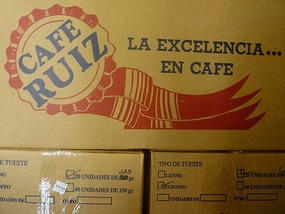
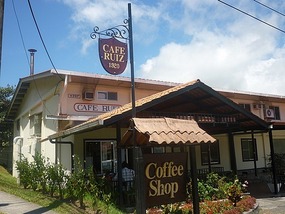
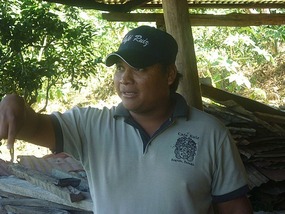
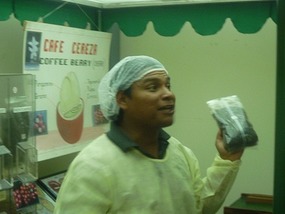


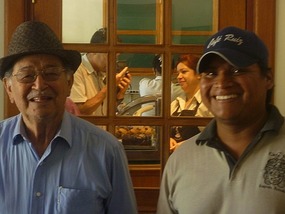
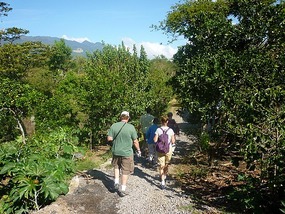
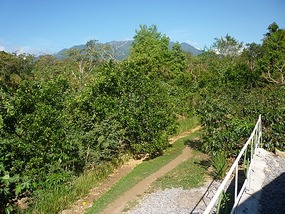
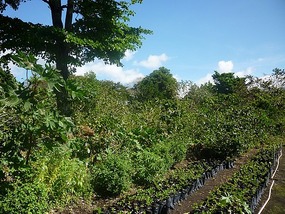
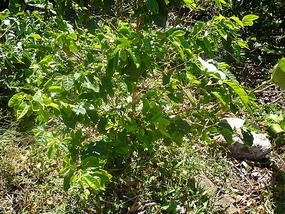
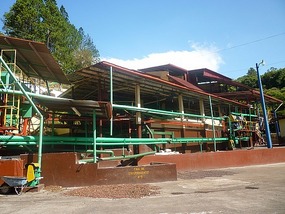
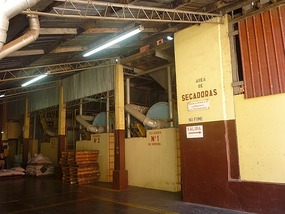

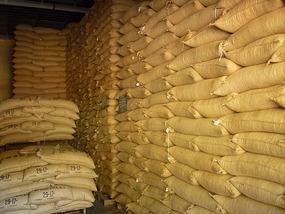





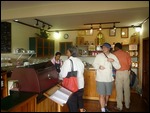
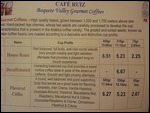

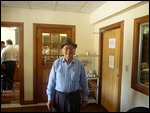

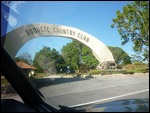



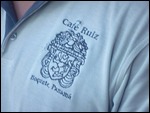
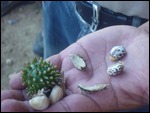
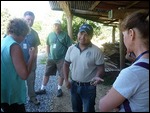

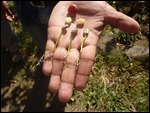
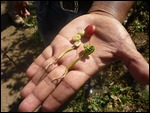
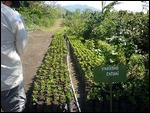
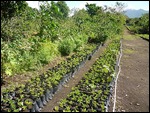
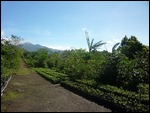
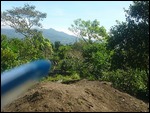
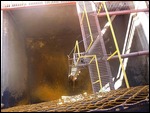
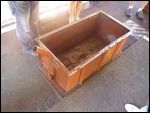
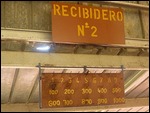
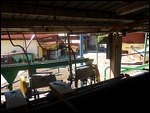
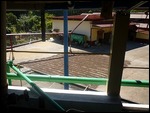
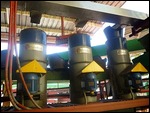
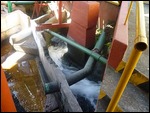
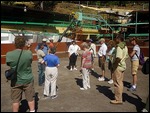
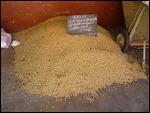
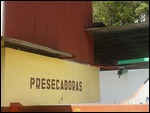
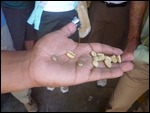
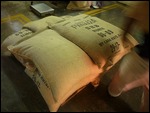
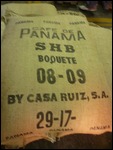
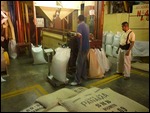
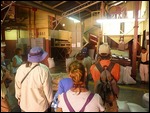
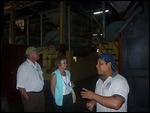
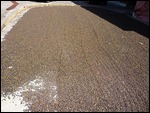
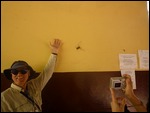
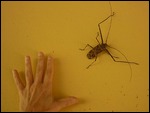
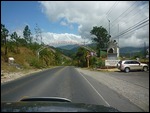
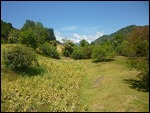
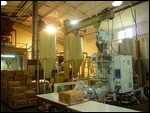
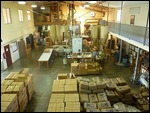
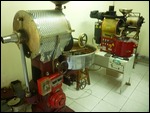
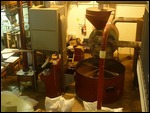
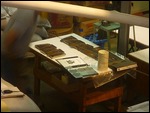
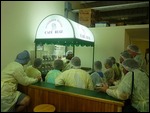
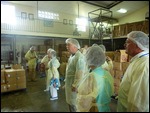
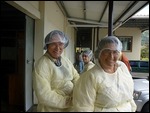
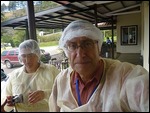
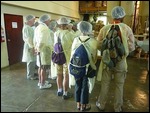
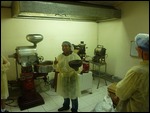
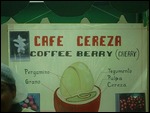
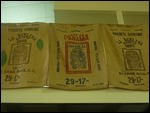
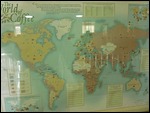
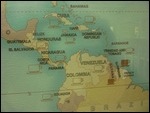
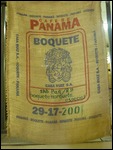
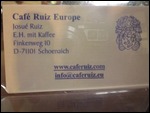
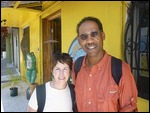
2025-05-22